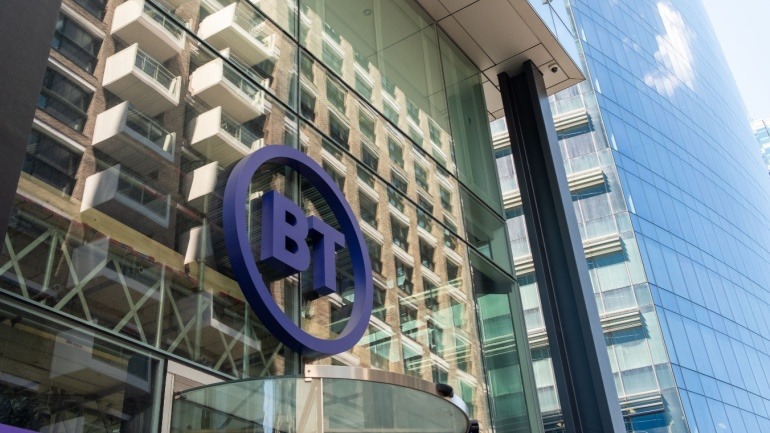Beijing is setting ambitious goals for integrating 5G technology into everyday life by 2027. With a plan unveiled by municipal authorities, the city aims to achieve expansive 5G application and industrial integration, targeting the completion by 2027.
The action plan expects 100% penetration among users and aims for over 75% of total network traffic to utilize 5G. An impressive aspect of the initiative is the installation of 70 5G base stations per 10,000 residents. These will ensure seamless connectivity within the city, bringing a hyper-connected urban environment.
These infrastructure upgrades will significantly boost sectors such as healthcare, education, and energy. Beijing envisions an advanced ecosystem enabling applications like smart robots, autonomous vehicles, and cloud-based systems. This vision includes building 400 smart hospitals and enhancing humanoid robotics.
Despite its excitement, this plan doesn’t come without challenges. The rollout’s success depends on continuous technological advancements and significant investments in infrastructure. These upgrades also face uncertainties from technological reliability and high operational costs.
The rapid adoption of 5G has already made waves. China surpassed 1 billion 5G connections just last year. According to GSMA, these connections mark a swift uptake since 5G’s introduction five years ago. Forecasts suggest that 5G adoption will reach 88% by the decade’s end, spurring economic growth and digital transformation.
Industries such as manufacturing are poised to benefit greatly. The sector could contribute 8.3% to China’s GDP by 2030 through 5G-enabled digital transformation.
Moreover, Chinese operators are focusing on enterprise solutions by integrating AI with 5G technologies. The plan is to create customized solutions for industries craving digital innovation. These technologies promise to enrich connectivity, bolstering sectors like industrial internet, smart power grids, and digital education.







